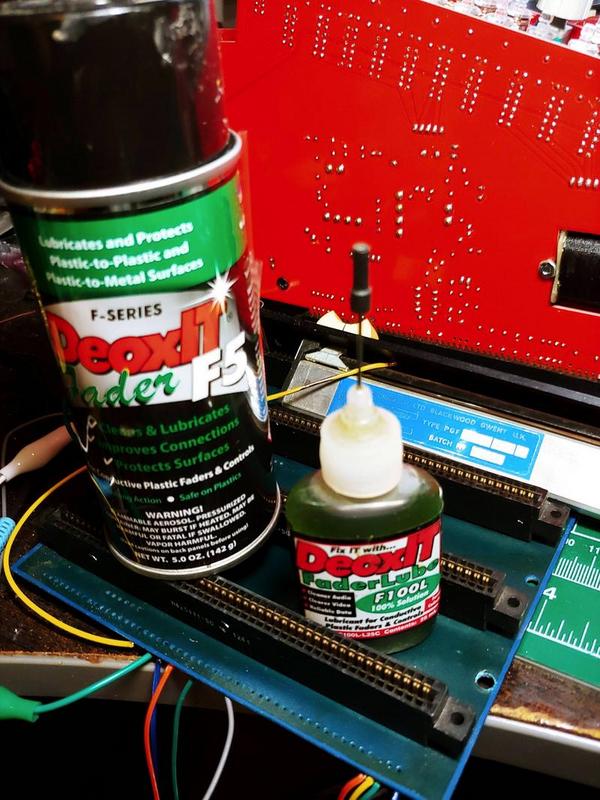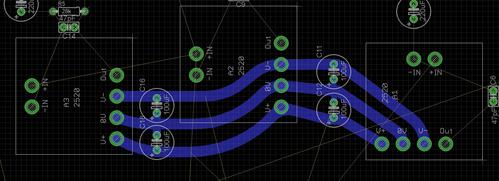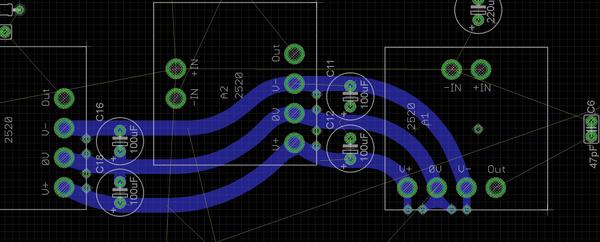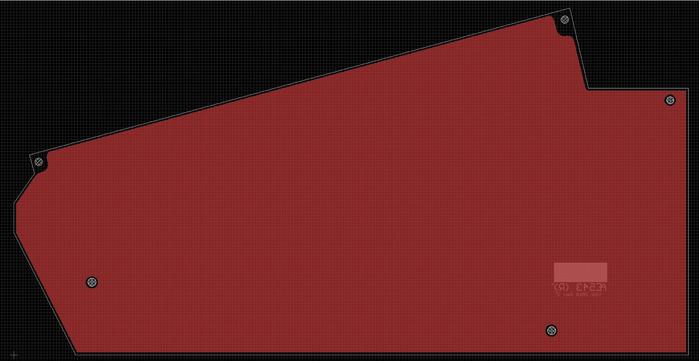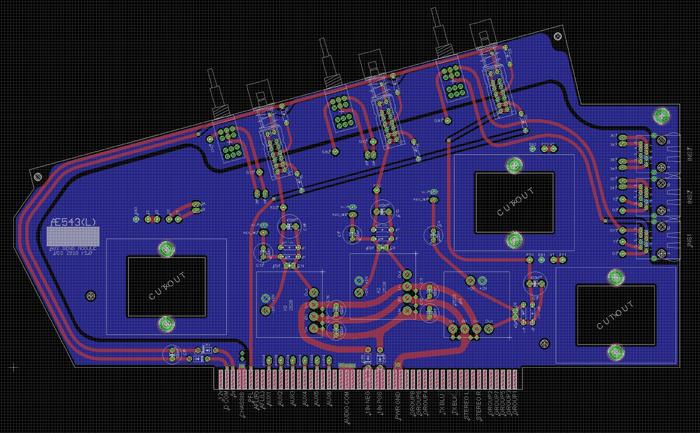Which made them awfully expensive; acceptable for faders in a £40+k mixer, but not for every pot in them.Newmarket said:At P&G, at least, tapers were / are ( It was a while ago I was there) trimmed manually on the production line - removing ink to get the taper within spec'.
In the meantime, silk-screen and ink technology have improved significantly.




